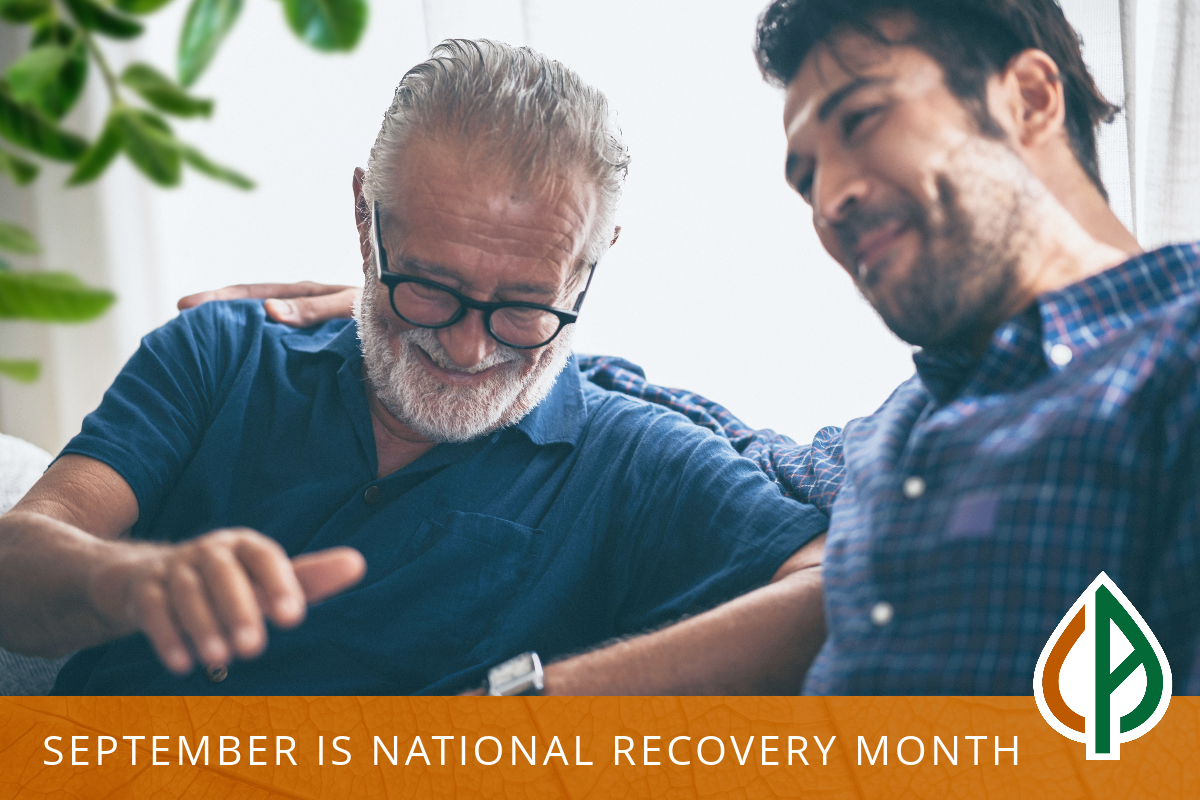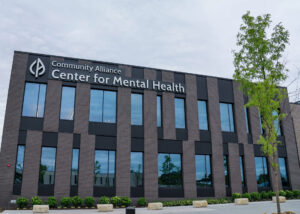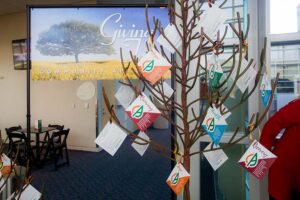Maintaining hope and resilience throughout a loved one’s recovery

National Recovery Month is just around the corner in September, which celebrates the gains made by those in recovery. This observance reinforces the positive messages that mental health is essential to overall health, prevention works, treatment is effective, and people can and do recover.
Essential to anyone’s recovery is hope and resilience. Community Alliance’s manager of Family & Peer Support Services, Jai Sookram, Ph.D., defines hope as the belief that things can change — for oneself or a loved one. “We’re asking people for the kind of hope that relies on faith,” he says. “We’re asking family members to think about change. Change is happening all the time, and we have to manage that change to create a positive outcome.”
We recently discussed hope, resilience and how Community Alliance supports the peers and families of those working toward recovery with Dr. Sookram.
How does Community Alliance work with the families and peers of those experiencing mental illness?
Under peer support, we recruit, train, supervise and employ peer support specialists. For the family program, we recruit families and peers to provide psychoeducation, follow-up illness management and recovery, and family support services. These classes are also for members of the community who would like to be advocates for a better mental health system.
Family members, and the general public, often don’t understand what mental illness and behavioral health disorders are. There is an assumption that it is the will of the individual. We teach that serious mental illnesses are genetically driven, biological brain disorders. Understanding that it’s a biological disorder, not the family’s fault or their child’s fault, helps the family to adjust how they relate to their loved one’s, and the whole family’s, experiences.
We use the NAMI family-to-family program curriculum, which is an eight chapter program beginning with “what is mental illness?” Then, we talk about the diseases themselves, we go into its impact on the individual, and we talk about coping skills like communication, problem solving, medication and therapies. After that, we talk about the role of the family in helping a loved one to recover and meet separately with the relative to discuss how they can achieve recovery and maintain it.
The class itself lasts between eight to 10 sessions for two and a half hours each. But the commitment to family psychoeducation and recovery can last many years. Most families, though, reach a point within the first three years when they can fly solo. We’ve taught doctors, senators, attorneys, musicians, teachers and others — these illnesses don’t pick and choose.
What factors contribute to someone’s ability to be resilient?
We talk about resilience in three ways: physical resilience, psychological/emotional resilience and social/vocational resilience.
To support physical resilience, we prescribe the “brain health program,” which is based on several models. We ask families to have a regular program of exercise with proper hydration, nutrition and sleep and to keep a journal of stressors for discussion in our weekly meetings.
Psychological resilience gets into personality, traits and other qualities that they can recognize within themselves. We teach how to play to their strengths — resilience is strengthened when we focus on these and practice them regularly.
Social/vocational resilience refers to coping strategies or skill sets that allow us to have peace of mind in a crowd. We teach conflict management skills, self-monitoring and self-regulation in addition to other coping skills, like breathing. If we are doing well socially, then the whole family unit can relate to each other and heal more rapidly.
Why is peer and family support important in someone’s ability to be resilient and to maintain hope?
Family support is the strongest predictor of recovery and well-being. We work hard to grow the ability of the family to remain engaged with their loved one, but this engagement can be difficult.
People who are experiencing serious mental health issues often feel like no one knows what’s happening with them. If that person is telling their family they’re fine, but they seem constantly irritated and are displaying other symptoms, it depletes the family’s social reserve. That’s usually where we begin with our families, and within a couple of sessions, they are filled with hope and resolve, and they have a way to go about managing the situation.
The approach on the medical management side is to prescribe medications, then check in after certain periods of time. No one is really talking to these families in between. At Community Alliance, the family and their relative are included in a process that attends to the needs of both groups of people, collaborates with them, and drives toward an integration of well-being for everyone.
How can peers and family members of people who are experiencing mental illness maintain their own hope that their loved one can recover?
In our family classes, we talk a lot about self care. The families begin to find their strengths and return to the things they were doing before they became hypnotized with what’s happening with their loved one. We encourage them to focus more on enjoyment than trauma.
When we’re able to achieve some of this, then families are in a position to make five plans: a crisis plan, a recovery plan, a relapse prevention plan, a self care plan for the family as a whole to ensure well-being, and an advocacy plan. These plans reinforce resilience so that the family may cope more effectively with the stresses they are experiencing.
In what ways will the new Center for Mental Health further support this program?
The new center’s space will allow us to have larger groups, and with additional staffing already on board, more frequent groups. The facility will also allow greater communication and client involvement between programs. For example, family services will be near our integrated health services and in the same building as our Safe Harbor peer-run crisis services, both of which are key elements in the plans we work on with families.
We create environments in which everyone feels like they belong, and there’s no wrong door. The Center for Mental Health will continue to support and grow this environment. We never give up, and we’re hoping you won’t either. We’re in this together for as long as it takes.



